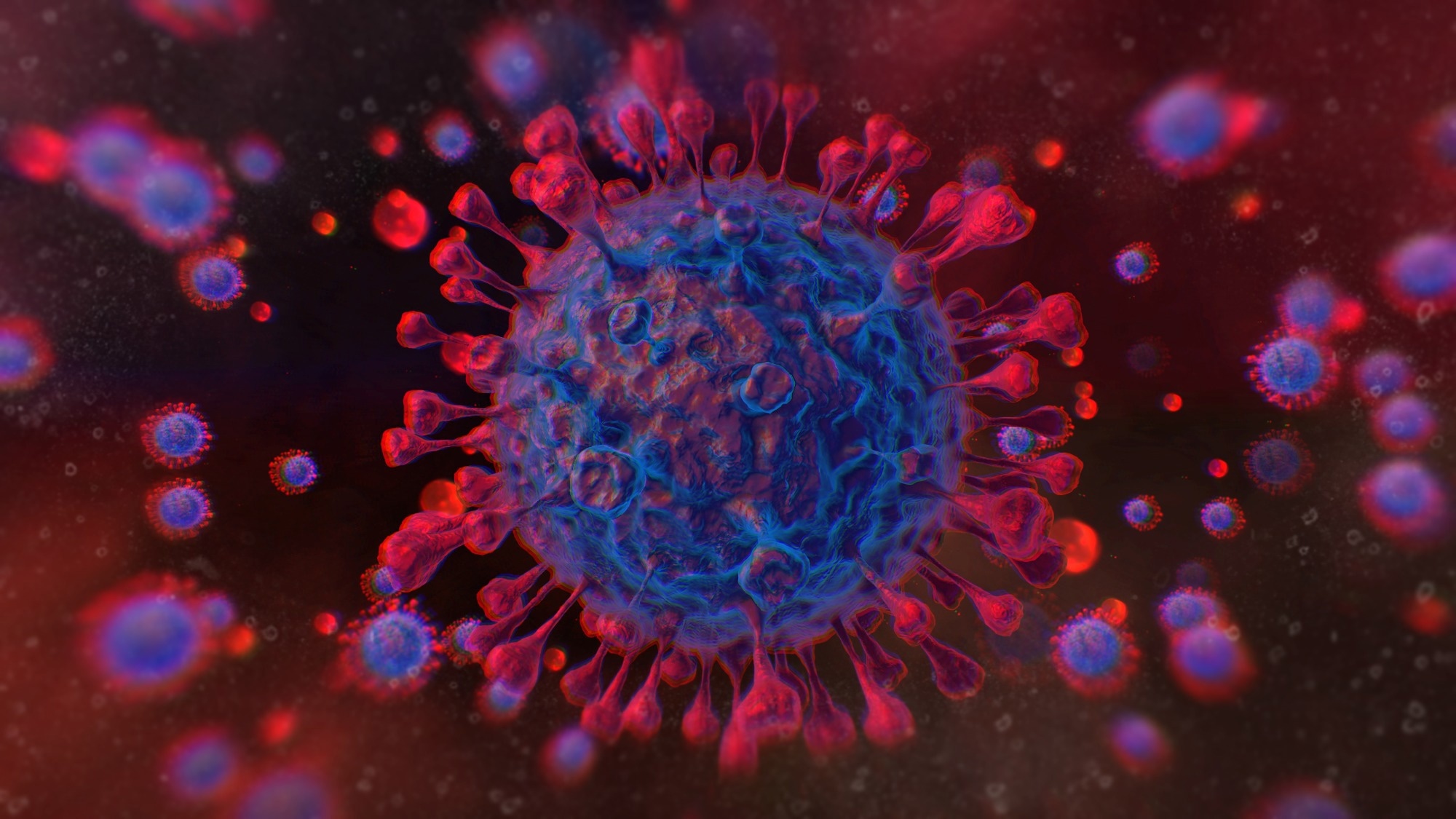In a recent study published in the Cell Host & Microbe Journal, researchers explored the different aspects of the coronavirus recombination pathway.
 Study: The coronavirus recombination pathway. Image Credit: eyeidea/Shutterstock.com
Study: The coronavirus recombination pathway. Image Credit: eyeidea/Shutterstock.com
Background
Recombination is believed to aid in the transmission of coronaviruses between different species, which can lead to the emergence of new strains.
The understanding of the recombination mechanism is limited, which hinders the ability to predict the emergence of new recombinant coronaviruses. This article outlines the structure of the recombination pathway for coronaviruses, serving as a tool to comprehend recombination.
The authors conducted a literature review on coronavirus recombination, analyzing naturally occurring recombinant genomes.
The recombination pathway
Step 1: Co-occurrence in host and geographic space
Research indicates that coronaviruses have a close evolutionary relationship with the genus of their related chiropteran hosts. However, this association is less consistent at the host species level. The coronavirus subgenus Sarbecovirus is closely linked to the host genus Rhinolophus.
However, minimal co-phylogenetic evidence exists for particular bat species within this genus. This indicates that closely related viruses may often move between bat species of the same genus, potentially leading to more chances for recombination.
Steps 2 and 3: Coinfection of a single cell and a single individual
For two viruses to recombine, they must co-infect the same host and replicate in the same cell. This requires them to be circulating within the same host species. The viruses must infect the same cell within a host individual after surpassing the probabilistic obstacle of infecting a single host.
The timing of the infections may also limit the possibility of recombination between two infections. This is particularly true if one virus has already established a strong infection before the second virus infects the same host.
Furthermore, superinfection exclusion prevents a second virus from infecting a cell, but its exact mechanisms are poorly understood. This can further limit the possibility of coinfection in a single cell.
Step 4: Co-localization within a double membrane vesicle (DMV)
Coronaviruses, positive-strand ribonucleic acid (RNA) viruses, create replication organelles by inducing changes in the host's organelle membranes.
The endoplasmic reticulum membrane undergoes convolution, and DMVs are formed due to viral proteins nsp3, nsp4, and potentially nsp6. These DMVs enclose viral genomic RNA (gRNA) in the cytoplasm, safeguarding it from host recognition and degradation during replication.
For recombination during transcription or replication, the gRNA from two viruses infected with the same cell must co-localize to the same DMV.
Step 5: Polymerase template switching
Coronaviruses produce sub-genomic RNAs (sgRNA) during transcription that encode structural and accessory proteins in a nested co-terminal arrangement.
It is unclear whether non-homologous defective (dRNA) recombination occurs through an intra-molecular mechanism assisted by complementary base pairing between transcription regulatory sequences (TRSs) or through an inter-molecular activity requiring two different RNA molecules.
Understanding homologous gRNA recombination is crucial in comprehending cross-species transmission. It is yet to be determined whether sequence homology, TRS sites, and secondary structure play a role in preventing homologous gRNA recombination.
Steps 6 and 7: DMV egress and virion assembly
During virus assembly, gRNA replicated within DMV returns to the cytoplasm to be packaged into a forming virion. The preferential packaging of gRNA is driven by specific packaging signals that interact with the viral membrane (M) protein and/or nucleoprotein (N).
Recombinant genomes may be packaged by the most compatible M or N protein found in a co-infected cell based on the packaging signal on the recombinant genome. Packaging signals may be interrupted by recombination breakpoints or the absence of multiple specific packaging signals within the same recombinant genome.
This can prevent packaging into a new virion due to functional limitations imposed by gRNA interaction with structural proteins.
Steps 8 and 9: Cell-to-cell viral spread and viral shedding
A virion containing a recombinant genome can infect nearby cells due to the surface proteins produced during the previous cell's infection by non-recombinant parental RNAs. The recombinant gRNA must avoid disrupting the genome's function during replication after entering the cell.
Impairment of critical functions necessary for continued recombinant virus transmission may occur even if replication and transcription remain uninterrupted.
For the recombinant virus to be shed by the host, it must keep transmitting to more cells and amplifying to adequate levels, even if it is functional. The functionality of the recombinant virus may not be enough for it to exit the host if it has even a minor deleterious trait.
Step 10: Host-to-host transmission and population spread
Recombination does not impede cell-to-cell transmission, but for the recombinant to continue spreading, it must retain the necessary traits for environmental transmission.
Environmental conditions will significantly influence the emergence and transmission of the recombinant virus. Without significant antigenic shifts from the parental viruses, competition for immunologically naive hosts will intensify following a recombination event.
Recombinant viruses with a higher chance of succeeding in small populations have a strong selective benefit over parental viruses due to the recombination event.
Conclusion
The study emphasizes that coronavirus recombination research can be safely conducted, especially considering the COVID-19 pandemic and the scrutiny of coronavirus research.
Chemical inactivation can eliminate the infectious potential of novel recombinant coronaviruses in cultures where viruses have been co-infected to facilitate recombination.
The author suggests that investigating molecular post-recombination obstacles, such as the recombinant genome functionality, cannot be performed with chemical inactivation; hence, alternative methods should be used for safer evaluation.